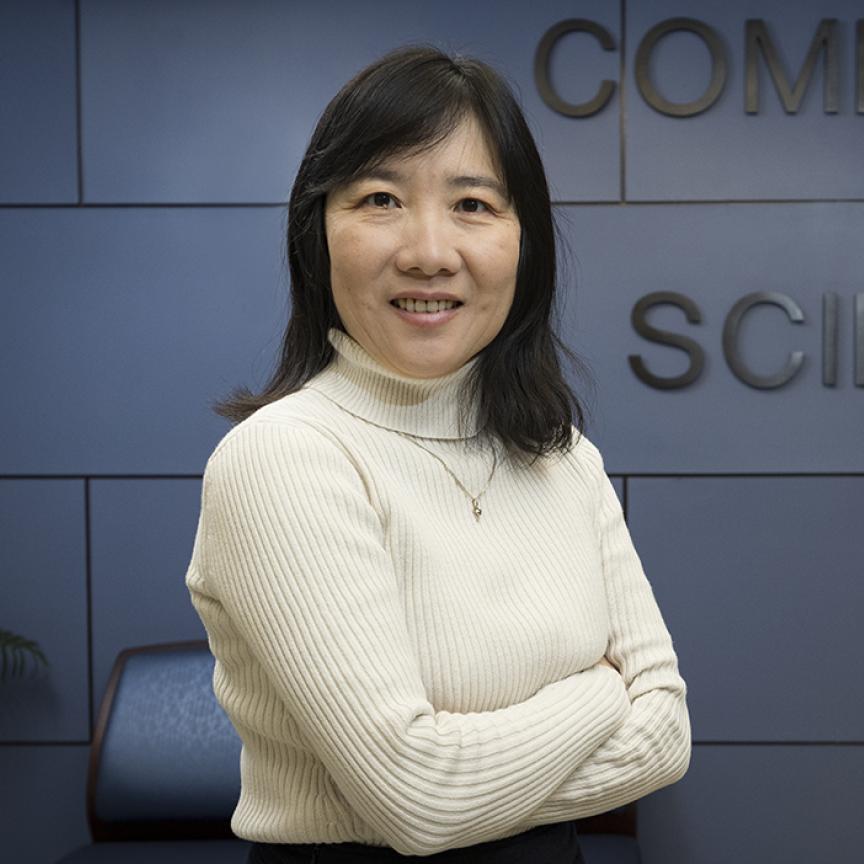Researchers working to better understand cancer phylogenetics are creating a consensus framework by analysing tumour evolution and sharing the results with a community of researchers. Charles Blatti, PhD, research scientist, NCSA Visual Analytics Group is a co-principal investigator for a project building the framework.
The researchers are combining open source tools to analyse and annotate tumour data and then merging those results into a visualisation tool that allows clinical researchers to view results easily. The visualisations enable researchers to easily see the history and distribution of mutations, dive deeper into information about gene variants, make predictions about tumour growth, and target therapies to best suit a particular patient’s condition.
Dr Nicholas Chia, PhD, an associate professor at Mayo Clinic who studies colorectal cancer comments: “Phylogeny requires measuring the frequency of mutations in different cells. This can require high coverage sequencing or single-cell sequencing to accurately assess. Both have limitations.”
The NCSA project has two components: PhyloFlow combines proven open source applications into one easy-to-use tool that provides end-to-end cancer phylogenetic analysis; PhyloDiver takes the data from PhyloFlow and develops visualizations that the end user can interact with in real-time.
The tools incorporated into PhyloFlow include the Variant Effect Predictor (VEP), an open-source tool for annotating and filtering genomic variants; PyClone, a statistical model used to infer the structure of clonal cell populations in tumors; SPRUCE, an algorithm that can describe the evolution of mutations in a tumour when given sequencing data; and JSON, an open-file format for data interchange that uses text to store and transmit data objects.
After the phylogenetic data is processed through PhyloFlow, it creates an evolutionary tree, or phylogeny, to better understand the heterogenous nature of tumours. The PhyloDiver visualisation tool helps users see these results in a more intuitive way and with greater detail.
Some of that interactivity includes the ability to overlay other information about the mutation, being able to add annotations or link to existing annotations, finding information about single nucleotide variants (SNVs) and their severity, comparing output from different phylogenetic trees, and discovering information about drugs that can treat the tumour. The tools help researchers track changes in mutations over time and make predictions about expected clonal growth – something that could help them understand why some cancers stay in remission and some come back.
PhyloFlow and PhyloDiver are being tested and the team continues to refine the tools and hopes to secure more funding that would enable them to share the tools with more medical professionals to get more feedback. If widely adopted, PhyloFlow and PhyloDiver could help researchers understand and track tumour evolution and enable doctors to develop more personalised cancer treatment plans.
“The main benefit is that it makes tumour phylogeny accessible to a broader population of researchers that would normally not have the expertise or computational infrastructure to carry out these important studies,” said Chia. “We hope that by making these tools more accessible we will enable a new generation of research that includes cancer evolution as part of its general toolbox.”
The full story is available on the NCSA website


